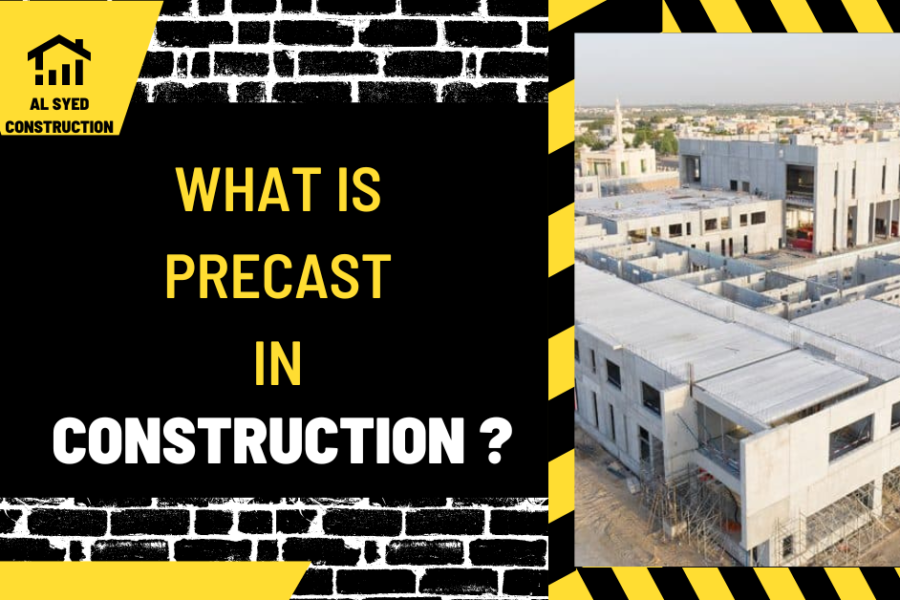What is Precast in Construction?
Table of Contents
Introduction
Precast construction is a widely used building technique that involves casting concrete in a reusable mold or form, which is then cured in a controlled environment, transported to the construction site, and lifted into place. This method offers numerous advantages over traditional cast-in-place concrete, including improved quality control, faster construction times, and reduced labor costs. In this article, we will explore the fundamentals of precast construction, its applications, and the benefits it brings to the construction industry.
Understanding Precast Construction
The Process of Precast Construction
Precast construction begins in a factory or precast plant, where concrete is poured into molds to create various structural components such as walls, floors, beams, and columns. These elements are then allowed to cure under controlled conditions before being transported to the construction site. Once on-site, the precast components are assembled using cranes and other equipment, creating a structure that is strong, durable, and ready for use in a fraction of the time required for traditional construction methods.
Types of Precast Elements
Precast construction can be used to create a wide range of building components, including:
- Structural Elements: Beams, columns, and floor slabs that provide support and stability to a building.
- Architectural Elements: Wall panels, cladding, and decorative features that enhance the aesthetic appeal of a structure.
- Utility Elements: Pipes, manholes, and culverts used in infrastructure projects.
Advantages of Precast Construction
Precast construction offers several benefits over traditional construction methods:
- Quality Control: Production in a controlled environment ensures consistent quality and reduces defects.
- Speed: Precast elements can be produced simultaneously with site preparation, significantly reducing construction time.
- Cost-Effectiveness: Reduced labor and shorter construction times lead to cost savings.
- Durability: Precast concrete is resistant to weathering, corrosion, and fire, resulting in longer-lasting structures.
- Sustainability: Precast construction generates less waste and allows for more efficient use of materials.
Applications of Precast Construction
Precast construction is used in a variety of projects, including:
- Residential Buildings: Apartment complexes and housing developments benefit from the speed and efficiency of precast construction.
- Commercial Structures: Office buildings, shopping centers, and hotels often use precast components for their architectural and structural elements.
- Infrastructure Projects: Bridges, tunnels, and culverts are commonly constructed with precast concrete due to its strength and durability.
Conclusion
Precast construction is a versatile and efficient building method that offers numerous advantages over traditional construction techniques. Its ability to provide consistent quality, reduce construction time, and lower costs makes it a popular choice for a wide range of projects. As the construction industry continues to evolve, the use of precast elements is likely to expand, further enhancing the efficiency and sustainability of building practices.




